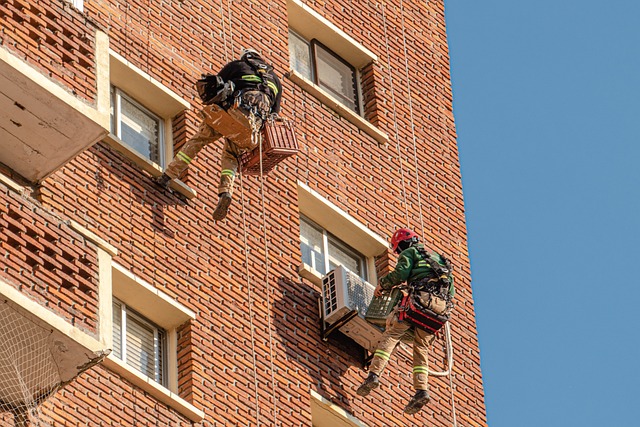Working at height: what it is and main safety tips
When safety precautions are not taken properly, working at heights can become one of the most dangerous professions. You must be aware that a fall of just a few centimeters can lead to serious injuries.
Companies that work at heights must research ways to reduce risks to workers as much as possible and ensure their safety.
What is working at height?
Working at height refers to activities carried out in elevated places, where there is a risk of falls that could result in serious injury or death. These tasks may include maintaining structures, installing equipment, or any activity that requires workers to be a considerable height off the ground. https://tribunaldotrabalho.info/
However, carrying out these activities requires special safety precautions, including the use of personal protective equipment, adequate training and the implementation of preventive measures, in order to guarantee the physical integrity of workers and minimize the risks associated with falls.
Activities that involve working at height:
Any activity carried out above 2 meters from the lower level falls into the category of working at height. Some activities are:
- Maintenance and replacement of lamps;
- Cleaning facades and buildings;
- Maintenance and construction of roofs and coverings;
- Civil construction;
- Activities on scaffolding, ladders and platforms;
- Works carried out in depth;
- Maintenance of the electrical network, towers, transmission lines and antennas;
- Paintings;
- Industrial cleaning and conservation;
- Maintenance of furnaces and boilers;
- Assembly and disassembly of structures.
Tips for working at heights safely:
It is essential that companies teach their employees the basic fundamentals of security training. So, read on and learn some safety tips for working at heights. click here for working at height course
Planning:
Before starting any activity that involves risks, it is important to plan each step of the process in advance. This would be no different with working at height. Planning covers the identification and assessment of associated risks, the appropriate selection of protective equipment. The definition of safe operating procedures and the implementation of preventive measures.
Furthermore, prior analysis enables the appropriate allocation of human and material resources, considering factors such as training, supervision and efficient communication.
Use the appropriate equipment:
The use of appropriate equipment is essential to ensure safety when working at heights. Personal Protective Equipment (PPE) is designed to offer support and resilience in elevated environments, minimizing the risk of falls and injuries.
Furthermore, the use of Collective Protection Equipment (EPCs), such as anchoring systems, safety nets and guardrails, complements the preventive approach, providing an additional layer of protection. Proper selection and maintenance of this equipment is vital, requiring regular training for workers on its correct use.
Use Rails:
In addition to using the equipment correctly, it is important to use the trails. They play a crucial role in preventing falls by providing a physical barrier that prevents unauthorized access to the edge and offering additional support to workers.
Proper installation of rails, in accordance with safety standards, contributes to creating a safer working environment, significantly reducing the risk of accidents at high heights. Correct use and regular maintenance of these devices reflect a commitment to worker safety and are essential practices for a safe work environment.
Understand the distance of the fall:
We know that the severity of a possible fall is directly related to the height of the location. This is why it is crucial to understand the distance of the fall. Carefully assessing the distance to the ground allows a more accurate choice of necessary safety equipment, adjusting preventive measures according to the potential impact.
Offer training to Employees:
By providing the knowledge and skills necessary to carry out activities safely, offering training to employees is another essential tip. Therefore, by empowering workers with specific and practical information, organizations ensure that staff are aware of potential dangers and know how to avoid accidents.
Use elevators properly:
Elevators offer an efficient way to reach lofty heights while reducing the risks associated with stairs or other improvised approaches. To ensure safety, it is crucial that operators and workers are properly trained in handling elevators, knowing the correct operating procedures, load limitations and specific rules to ensure balance and stability during use. click here for working at height rescue course











